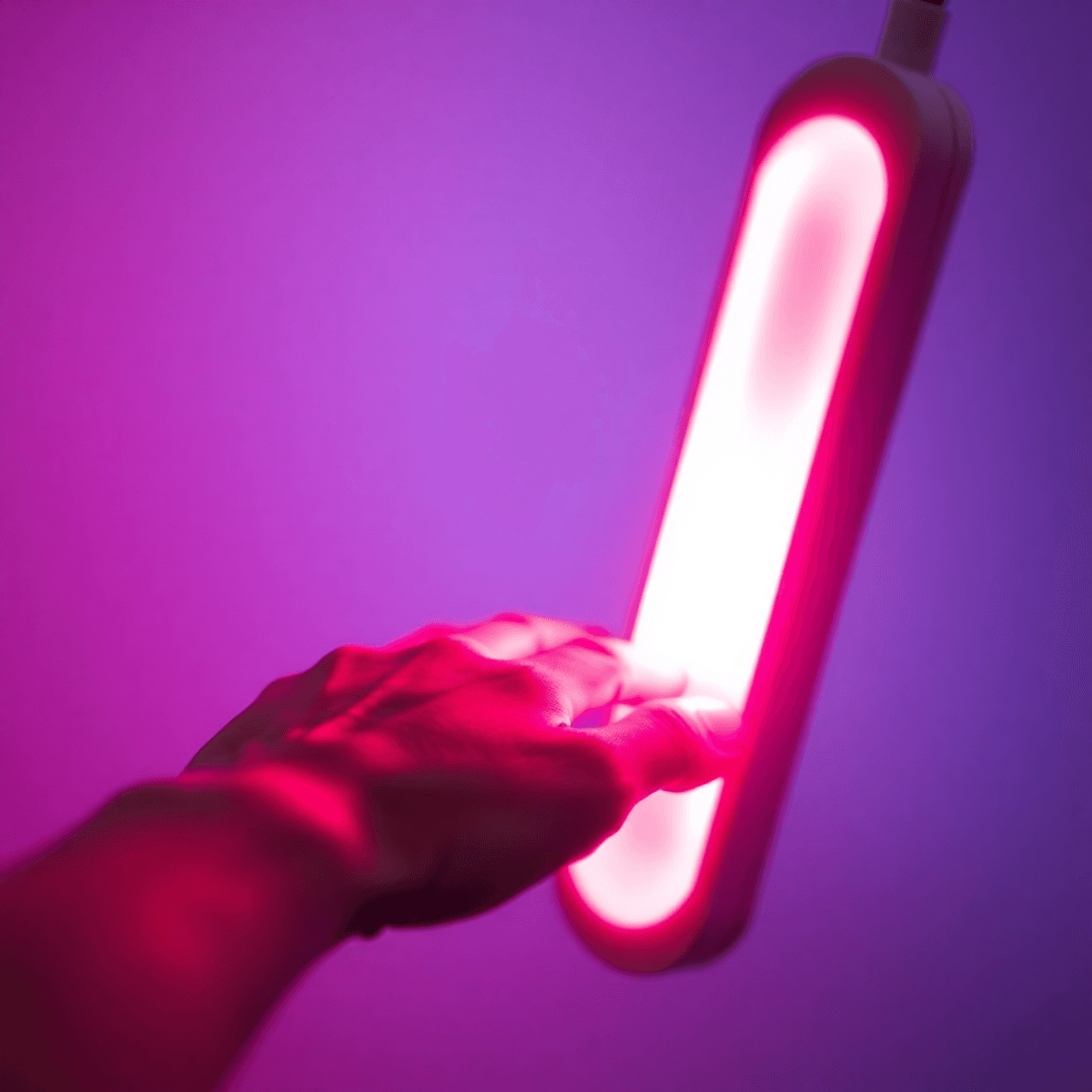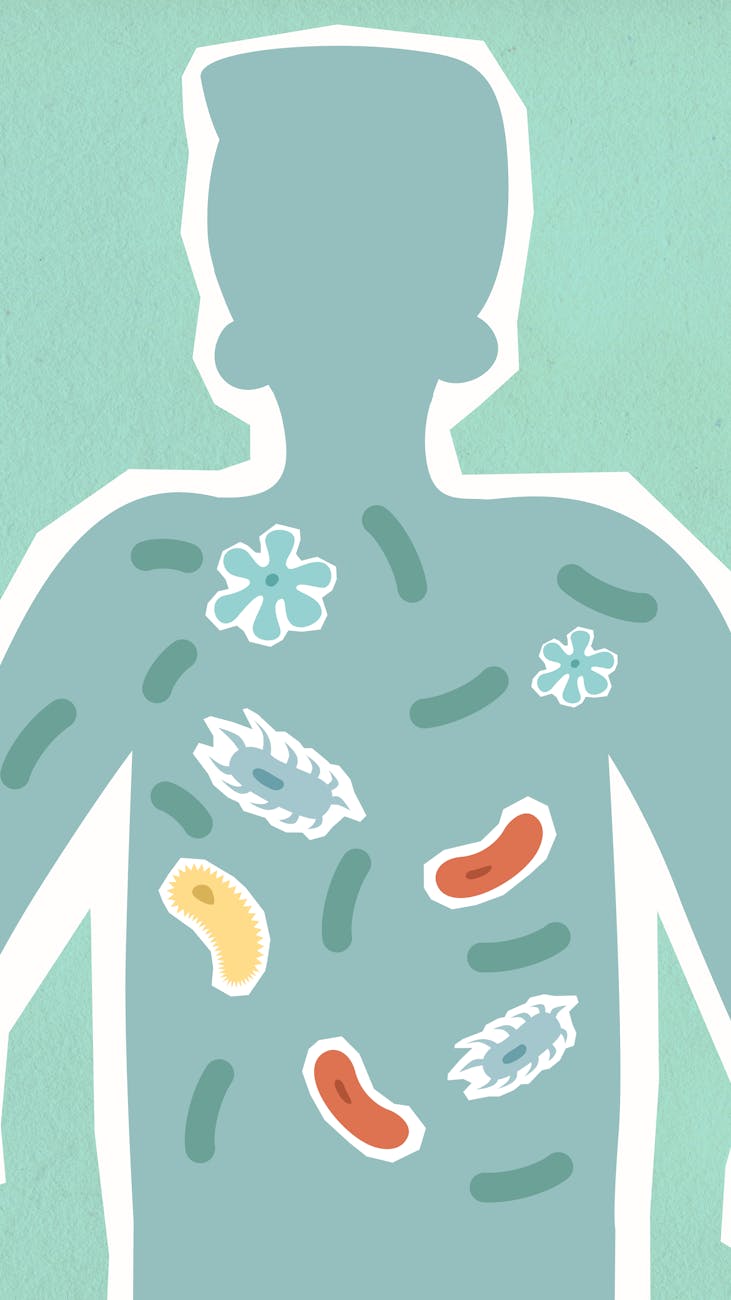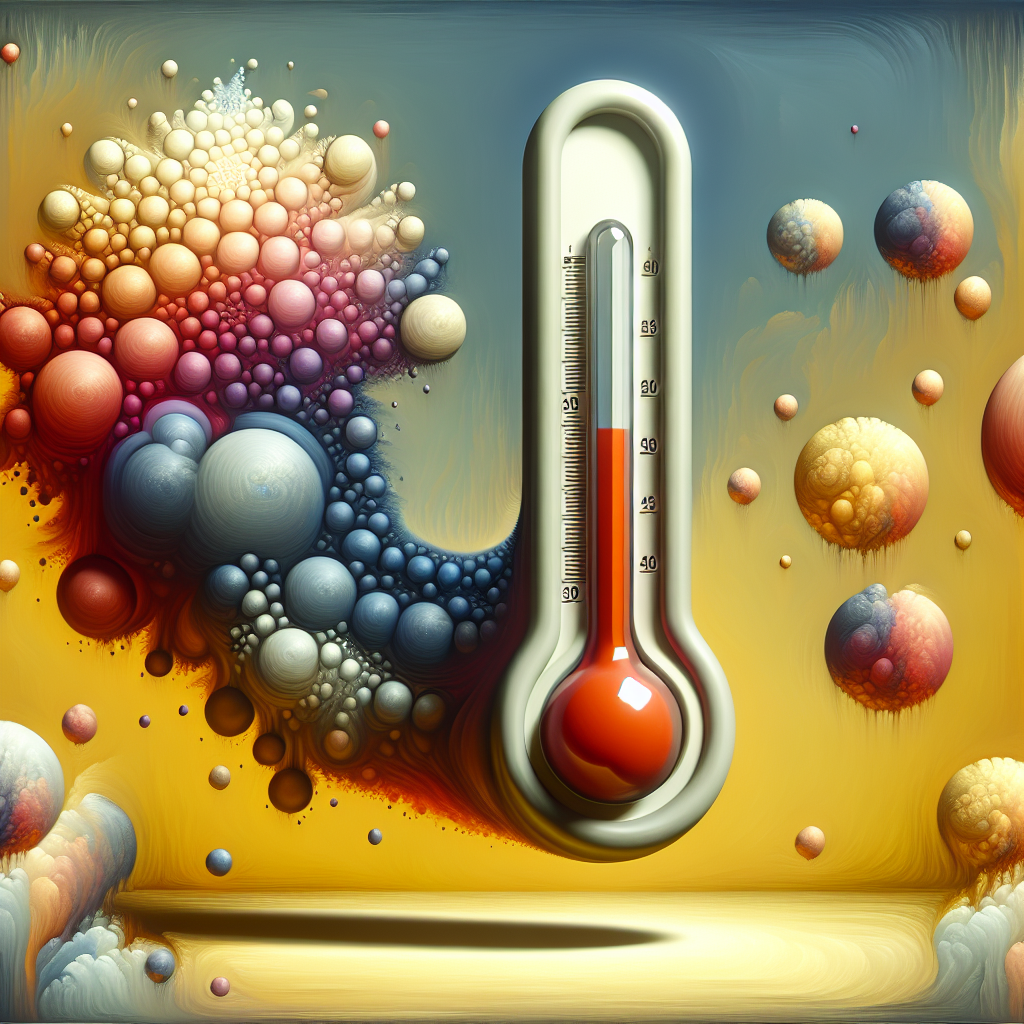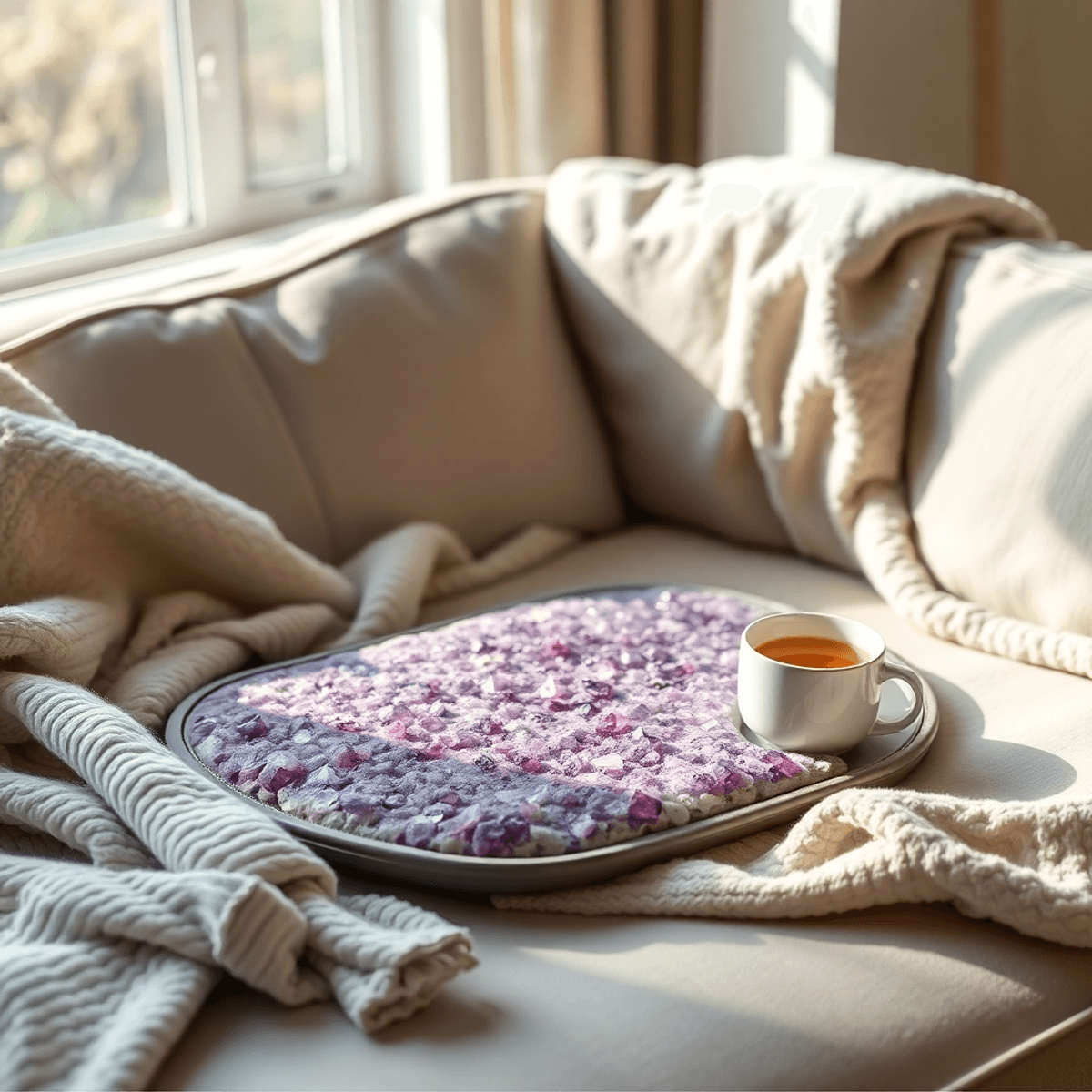Introduction
Red Light Therapy (RLT), also known as photobiomodulation, is making waves in the world of wellness. This non-invasive treatment uses low levels of red light, typically delivered via a Red Light Therapy Lamp for Body, to promote healing and improve skin health. Since its accidental discovery in 1967, RLT has gained traction due to its potential benefits across various applications.
Key Benefits of RLT:
- Skin Health: Enhances skin texture, reduces wrinkles, scars, and acne.
- Wound Healing: Promotes faster recovery from injuries and surgeries.
- Pain Relief: Offers relief from conditions like arthritis and tendinopathy.
- Hair Loss Treatment: Supports hair regrowth in non-invasive ways.
- Cancer Therapy Support: Aids in reducing side effects from cancer treatments.
RLT’s popularity continues to grow as more people discover its diverse applications and benefits, making it an integral part of modern wellness practices.
Understanding Red Light Therapy
Red Light Therapy (RLT), also known as low-level laser therapy or photobiomodulation, uses specific wavelengths of light to penetrate the skin and promote healing. This non-invasive treatment uses healing light to address various conditions, with potential benefits ranging from skin rejuvenation to pain relief.
How It Works
RLT works by stimulating the mitochondria, the energy-producing structures in cells, to enhance their ability to produce energy. This stimulation encourages repair and regeneration of cells at a basic level. When exposed to red light, mitochondria absorb the light energy and increase the production of adenosine triphosphate (ATP), which is crucial for cellular energy transfer. The increased ATP production speeds up healing processes and supports tissue regeneration.
Types of Devices
There are two main types of devices used for Red Light Therapy:
- Professional-Grade Devices: These are typically used in clinics and have higher power output. They deliver more concentrated doses of red light, making them highly effective for therapeutic purposes.
- At-Home Devices: These devices come in various forms such as masks, panels, and handheld wands, offering convenience for personal use. While generally less powerful than professional-grade options, they provide accessible ways for individuals to incorporate RLT into their wellness routines.
Understanding this difference is important in selecting the right method that suits your specific needs and goals with Red Light Therapy.
Exploring the Benefits of Red Light Therapy
1. Enhancing Skin Health with RLT
Red Light Therapy has been acclaimed for its skin appearance improvement abilities. By penetrating deep into the skin layers, RLT stimulates collagen production, leading to a noticeable reduction in wrinkles and fine lines. This therapy enhances skin texture and tone, offering a rejuvenated and youthful look. Its anti-inflammatory properties also contribute to its acne treatment efficacy, helping to clear breakouts and prevent future occurrences.
2. Accelerating Wound Healing and Tissue Repair
RLT plays a crucial role in speeding up the healing process for injuries, supporting post-surgical recovery, and aiding in the repair of chronic wounds. By enhancing cellular energy production, this therapy promotes rapid tissue regeneration and reduces inflammation, providing an effective solution for various types of skin damage.
3. Finding Relief from Pain through Red Light Therapy
Pain relief is another significant benefit of Red Light Therapy. It works by increasing blood flow and reducing oxidative stress in affected areas, making it highly beneficial for conditions like arthritis and tendinopathy. Patients often report reduced pain levels and improved function following regular RLT sessions, highlighting its potential as a non-invasive pain management strategy.
Exploring Additional Applications of Red Light Therapy
Unlocking Hair Regrowth Potential with RLT
Red Light Therapy has emerged as a promising non-invasive hair therapy, offering potential stimulation for hair regrowth. Scientific studies suggest that using a Red Light Therapy Lamp for Body can enhance hair density and thickness by invigorating dormant hair follicles. This technology works by penetrating the scalp to stimulate mitochondria, which in turn promotes cellular activity and increases blood flow—key factors in combating hair loss. Many users report positive outcomes, making RLT a sought-after option for individuals experiencing pattern baldness or thinning hair.
Supporting Cancer Patients with RLT
Beyond cosmetic applications, Red Light Therapy is gaining attention for its role in cancer therapy support. Research indicates that RLT may help alleviate some side effects associated with cancer treatments, such as mucositis and fatigue. By fostering cellular repair and reducing inflammation, RLT offers a complementary approach to traditional therapies. While still in the early stages of research, initial findings reflect potential benefits, positioning RLT as a valuable supportive tool for enhancing patient quality of life during treatment regimens. Clinical trials continue to explore its efficacy, paving the way for broader acceptance in medical circles.
Ensuring Safety and Effectiveness in Your RLT Journey
Red Light Therapy (RLT) offers numerous potential benefits, but ensuring safety during sessions is crucial. Misuse can lead to skin irritation or blistering. Here are key safety precautions to consider:
- Eye Protection: Always wear protective eyewear. High-intensity light exposure may harm your eyes.
- Device Usage: Follow manufacturer guidelines closely. Avoid prolonged exposure and maintain recommended distances from the device.
- Skin Sensitivity: Begin with shorter sessions to gauge your skin’s reaction, gradually increasing duration as tolerated.
Selecting the right RLT device enhances both safety and effectiveness. The market offers diverse options:
- Face Masks: Convenient for targeting facial areas, often used for improving skin appearance.
- Light Panels: Cover larger body areas, ideal for users seeking comprehensive benefits.
- Handheld Wands: Allow precise application on specific spots, suitable for focused therapy.
Important factors when choosing a device include:
- Intensity Levels: Professional-grade devices offer higher power but may be costly. At-home devices are less potent but more affordable.
- Wavelength Range: Look for devices offering optimal wavelengths (600nm–650nm) for effective treatment.
- User Reviews and Certifications: Check consumer feedback and ensure the device is certified by relevant health authorities.
Understanding these aspects aids in safely incorporating Red Light Therapy into your wellness routine.
The Future of Red Light Therapy: Current Research and Ongoing Studies
Recent research into Red Light Therapy (RLT) has unveiled several promising applications:
1. Skin Conditions
Studies have highlighted RLT’s potential in improving symptoms for conditions like psoriasis and eczema, revealing its ability to enhance skin appearance and texture.
2. Pain Management
Investigations into RLT’s role in pain relief, particularly for arthritis and tendinopathy, suggest significant reduction in discomfort and improved mobility among patients.
3. Hair Regrowth
Emerging evidence supports RLT as a non-invasive option for hair loss treatment, with some trials indicating increased hair density and thickness.
Despite these encouraging findings, the scientific community emphasizes the necessity for further clinical trials. Such studies are crucial to substantiate the claims made about RLT’s benefits across various domains. Rigorous testing will determine optimal treatment parameters and address any safety concerns, ensuring reliable results for users.
Ongoing studies on RLT effectiveness continue to shed light on its potential, paving the way for expanded therapeutic uses. As research progresses, the hope is to establish comprehensive guidelines that can maximize the efficacy and safety of RLT applications worldwide.
Embracing a Holistic Approach to Wellness with Red Light Therapy
Taking charge of your health often means considering a range of treatments and practices. Red Light Therapy (RLT) offers a non-invasive option that fits seamlessly into a holistic wellness approach. By integrating RLT, perhaps through a Red Light Therapy Lamp for Body, you open doors to benefits that extend beyond traditional care.
Here are some ways to embrace a holistic approach with Red Light Therapy:
- Explore and Integrate: Consider RLT as part of your overall wellness strategy, alongside nutrition, exercise, and mindfulness practices.
- Stay Informed: Keep abreast of emerging therapies and scientific advancements in the field to make informed decisions about your health.
- Tailor Your Approach: Customize your RLT sessions to align with your personal health goals, whether that’s enhancing skin appearance or managing chronic pain.
Engaging with RLT as part of a broader health plan encourages a more comprehensive view of well-being, empowering you to take proactive steps towards improved health.
FAQs (Frequently Asked Questions)
What is Red Light Therapy (RLT) and how does it work?
Red Light Therapy (RLT) is a treatment that uses low-level laser therapy to stimulate mitochondria in cells, promoting healing and regeneration at the cellular level. It has gained popularity for its potential benefits in various wellness applications.
What are the benefits of using Red Light Therapy for skin health?
RLT can enhance skin health by improving texture, tone, and overall appearance. It may reduce wrinkles, fine lines, and acne breakouts, making it a valuable tool for skincare.
Can Red Light Therapy assist with pain relief?
Yes, RLT has shown potential in alleviating pain by promoting healing processes within the body. It may be beneficial for conditions such as arthritis and tendinopathy, providing a non-invasive option for pain management.
Is Red Light Therapy safe to use at home?
While RLT is generally safe, it is important to follow safety precautions during sessions. This includes using eye protection and being aware of common risks associated with improper device use. Guidelines should be adhered to for effective and safe usage.
How can Red Light Therapy support cancer patients?
RLT can play a supportive role for cancer patients by alleviating side effects from treatments such as chemotherapy. Current research investigates its effectiveness in improving quality of life during cancer therapy.
What should I consider when choosing a Red Light Therapy device?
When selecting an RLT device for home use, consider factors such as the type of device (masks or panels), your specific needs, and the credibility of the manufacturer. It’s essential to choose a device that aligns with your wellness goals.
Powered by junia.ai.
We are a participant in the Amazon Services LLC Associates Program, an affiliate advertising program designed to provide a means for us to earn advertising fees by linking to Amazon.com and affiliated websites.
Discover more from NatureZen Market
Subscribe to get the latest posts sent to your email.











